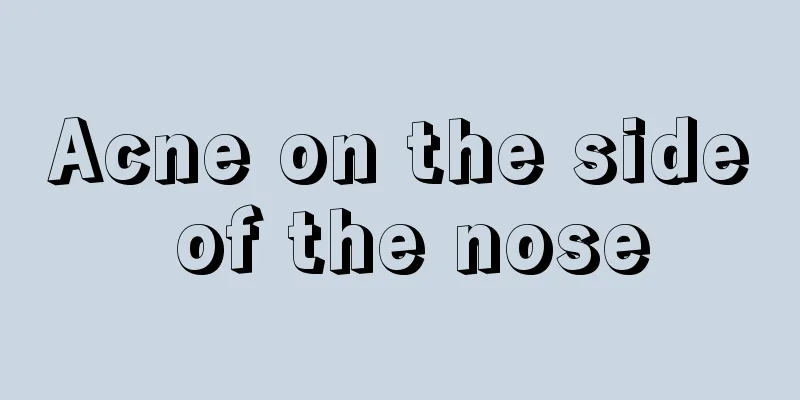What examinations should be done in follow-up examination after liver cancer intervention? What examinations should be done in follow-up examination after liver cancer intervention?

|
At present, interventional therapy has become one of the main means of non-surgical treatment for hepatocellular carcinoma. With the improvement of embolic agents and embolization methods, the effect of interventional therapy has been significantly improved, and the survival rate and quality of life of patients have been greatly improved. However, interventional therapy is a palliative treatment and cannot achieve the purpose of radical cure. It requires repeated treatment. Therefore, it is particularly important to objectively evaluate the necrosis and survival of the tumor after interventional therapy, the presence or absence of recurrence and metastasis, residual lesions and blood supply, and formulate the next treatment plan. Spiral CT is of great value in the evaluation after interventional therapy. As a routine examination method before and after liver cancer treatment, spiral CT has volume data acquisition, fast scanning imaging, three-dimensional reconstruction and excellent multi-axis technology. It can clearly show the blood supply artery of tumor or viable tumor tissue, reflect histological characteristics, the size and distribution of tumor lesions, the lesion detection rate and portal vein cancer thrombosis, and even outperform DSA in some aspects. In addition, precise CT positioning, high tissue resolution plain scan images, high accuracy and wide indications are irreplaceable highlights of other imaging examinations. Therefore, CT should be the first choice for follow-up examination after liver cancer intervention. Spiral CT can also clearly show artery-portal vein leakage and artery-hepatic vein leakage. Because of its high resolution on the section, it can accurately determine the location and size of the upper leakage. Patients with portal vein cancer thrombosis may have embolism. For example, for portal vein main trunk cancer thrombosis, it is necessary to judge whether the portal vein is completely embolized or partially embolized. Complete embolism requires a "double intervention" approach, and CT can accurately judge on the section. DSA is not very clear in showing cancer thrombosis on the anterior and posterior walls of the portal vein. Therefore, spiral CT is the recommended first choice for follow-up after interventional treatment of liver cancer. It is non-invasive, convenient, and simple, and its plain scan and enhanced imaging can reflect the histological and blood supply changes of the tumor after embolization, and has wide clinical application value. |
>>: How to properly care for lung cancer patients? Main considerations for lung cancer care
Recommend
How to tell if you have colon cancer
How do I tell if I have colon cancer? Colon cance...
In the late stage, rectal cancer will generally invade surrounding tissues and organs
In the late stage, rectal cancer will generally i...
X-ray manifestations of osteochondroma
Examination of people's internal bodies is ma...
Can brain cancer cause headaches?
Brain tumors can cause headaches. Depending on th...
What is propylene oxide?
In modern life, people's productivity has exp...
Which one is more acidic, silicate or carbonate?
Silicic acid and carbonic acid are both relativel...
What is the cause of breast cancer?
The factors that cause breast cancer are still no...
Paroxysmal ventricular tachycardia
I believe that many people do not know the cause ...
30-year-old lumbar disc herniation and calcification
Generally speaking, when people reach around 30 y...
What is the inheritance probability of esophageal cancer
There is no completely unified conclusion on the ...
Are adenomatous polyps benign?
Tumor is a physical disease that has a great impa...
Pot-fried pork with paste
Guobao pork is a kind of meat wrapped in starch a...
Can garlic lower blood pressure
Garlic has high nutritional value. It can lower b...
What is the cause of back pain
Back pain is a common disease, which is more comm...
The benefits of drinking fennel soaked in water
Friends who are familiar with spices all know or ...









